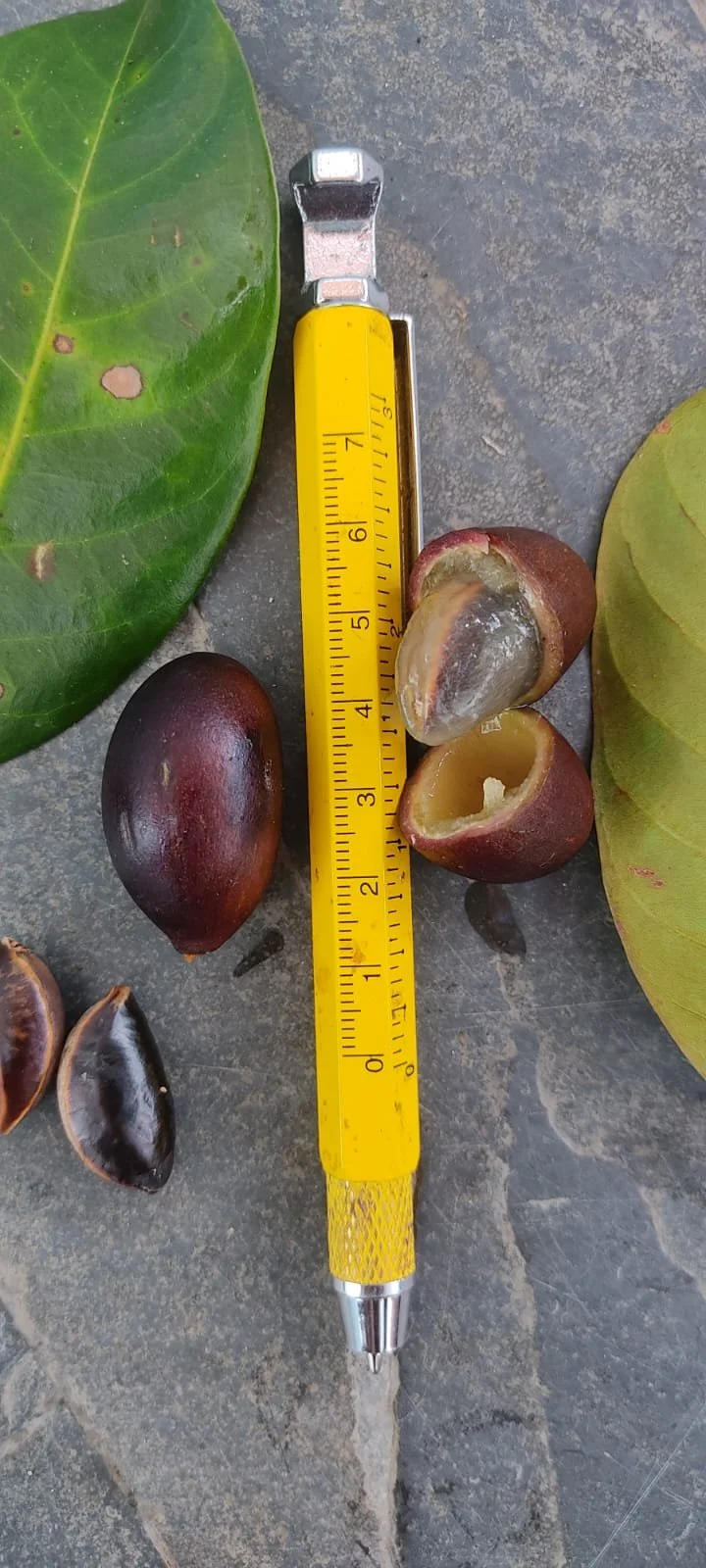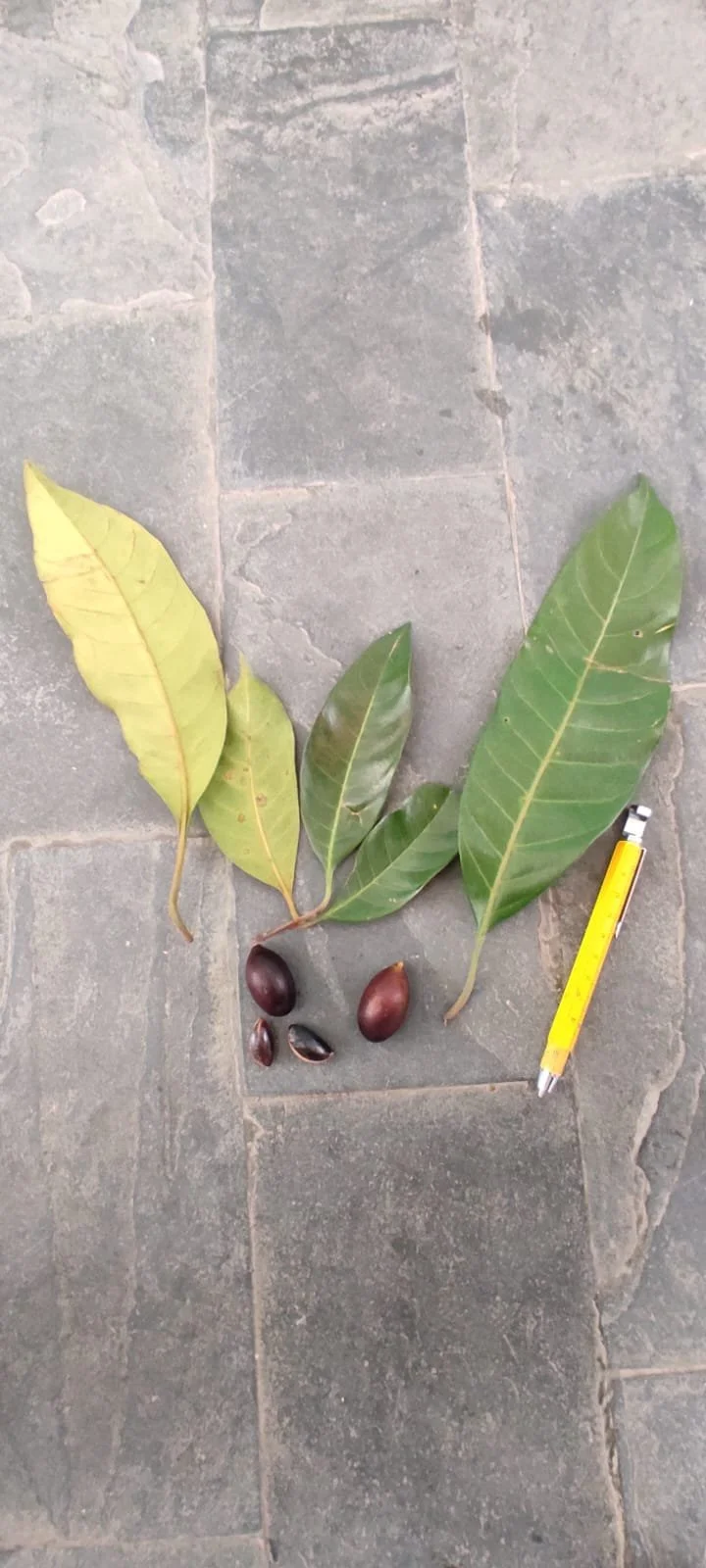Pouteria Microstrigosa
Seeds were imported from Brazil. Pouteria microstrigosa is a tree species from the Sapotaceae family, endemic to the Atlantic Forest in southeastern Brazil, specifically in regions like Bahia, Espírito Santo, and Minas Gerais. This tree can grow up to 15 meters tall and features white flowers, small black seeds, and reddish-brown seedlings. It produces small, oval burgundy/red fruits with sweet, translucent white pulp, though the amount of pulp is minimal. This species is vulnerable due to habitat loss, highlighting the importance of conservation. It can be propagated by seeds or cuttings, both of which require well-draining soil and moist conditions. The seeds, often shipped in humid vermiculite, contribute to the biodiversity of the Atlantic Forest, an area rich in unique and endangered species. Seeds are shipped in humid vermiculite.
Seeds were imported from Brazil. Pouteria microstrigosa is a tree species from the Sapotaceae family, endemic to the Atlantic Forest in southeastern Brazil, specifically in regions like Bahia, Espírito Santo, and Minas Gerais. This tree can grow up to 15 meters tall and features white flowers, small black seeds, and reddish-brown seedlings. It produces small, oval burgundy/red fruits with sweet, translucent white pulp, though the amount of pulp is minimal. This species is vulnerable due to habitat loss, highlighting the importance of conservation. It can be propagated by seeds or cuttings, both of which require well-draining soil and moist conditions. The seeds, often shipped in humid vermiculite, contribute to the biodiversity of the Atlantic Forest, an area rich in unique and endangered species. Seeds are shipped in humid vermiculite.
Seeds were imported from Brazil. Pouteria microstrigosa is a tree species from the Sapotaceae family, endemic to the Atlantic Forest in southeastern Brazil, specifically in regions like Bahia, Espírito Santo, and Minas Gerais. This tree can grow up to 15 meters tall and features white flowers, small black seeds, and reddish-brown seedlings. It produces small, oval burgundy/red fruits with sweet, translucent white pulp, though the amount of pulp is minimal. This species is vulnerable due to habitat loss, highlighting the importance of conservation. It can be propagated by seeds or cuttings, both of which require well-draining soil and moist conditions. The seeds, often shipped in humid vermiculite, contribute to the biodiversity of the Atlantic Forest, an area rich in unique and endangered species. Seeds are shipped in humid vermiculite.





